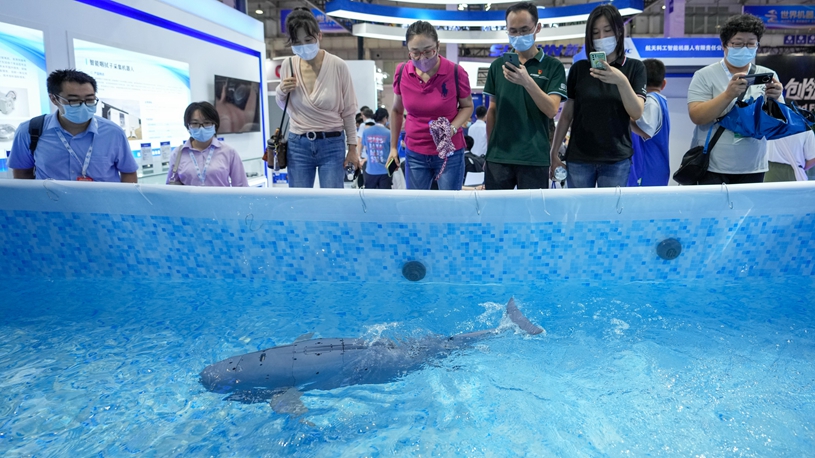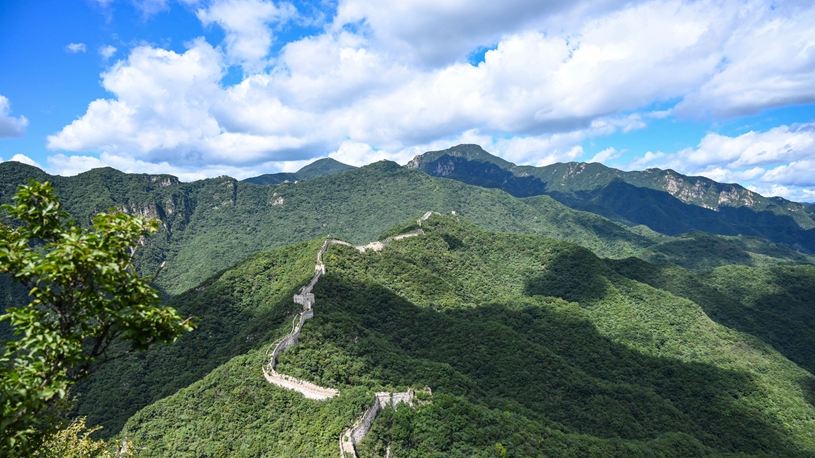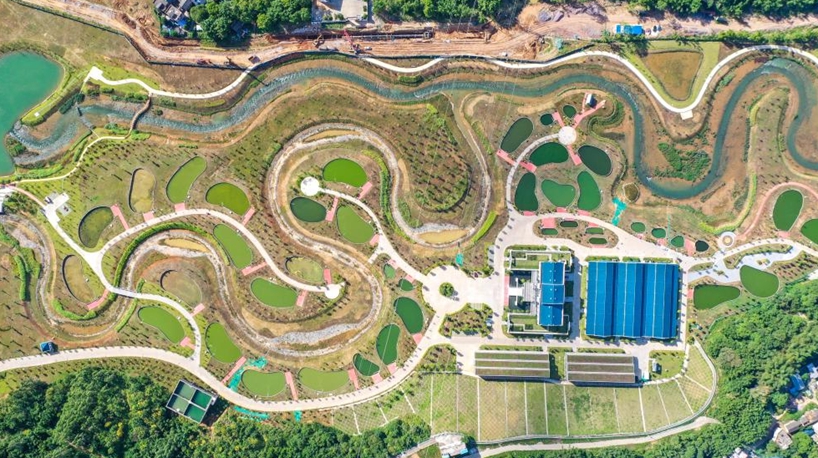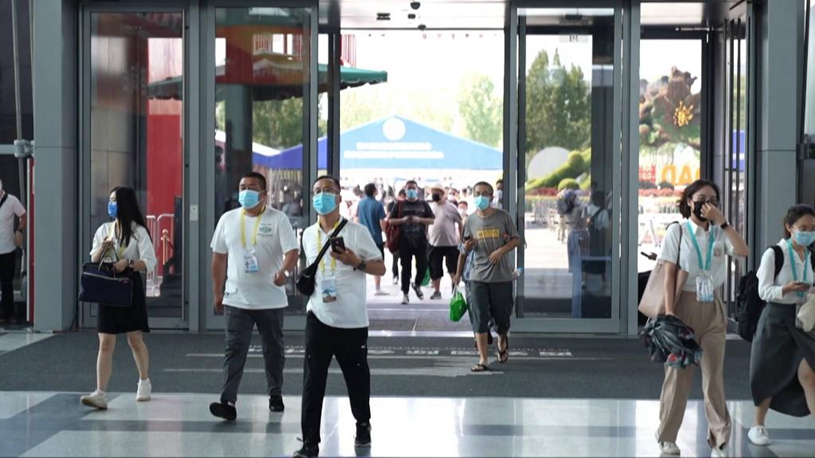* After a ten-year battle against environmental pollution, the old industrial hub of Liaoning Province has undergone fundamental changes in ecological environment and biodiversity and made massive progress in the transition to the green economy.
* Liaoning's Panjin City has launched a series of wetland restoration projects in the past ten years, restoring over 5,333 hectares of wetlands to make the area a paradise for wildlife, especially waterfowls.
* In 2021, the number of days with good air quality in Shenyang, the provincial capital of Liaoning, reached 315, surging from 108 days in 2015. And the city's average concentration of PM2.5 dropped by 47.2 percent from 2016.
By Xinhua writers Huang Zechen, Niu Jiwei, Sun Renbin
SHENYANG, Aug. 19 (Xinhua) -- Day and night, Zhao Shiwei watched over the wetlands near the estuary of the Liaohe River in northeast China, where the breeding areas for red-crowned cranes are located, fringed by seemingly endless groves of reeds.
The 50-year-old ranger of Liaohekou National Nature Reserve in Liaoning Province witnessed the fruits of ecological conservation in the province and the elysian fields for migratory birds to recover from wetland degradation.
After a ten-year battle against environmental pollution, the old industrial hub of Liaoning has undergone fundamental changes in ecological environment and biodiversity and made massive progress in the transition to the green economy.
BETTER BIODIVERSITY PROTECTION
Braving the scorching sun, Zhao patrols the wood plank roads that wind through groves of reeds covering the wetlands of over 466 hectares to check the aviaries of red-crowned cranes.

Several red-crowned cranes are pictured at a breeding center for crane species in Panjin, northeast China's Liaoning Province, May 9, 2019. (Xinhua/Pan Yulong)
His footsteps aroused the cranes' vigilance. They spread and flapped their wings, shielding their grayish fluffy birdlings with their bodies.
"Easy, I'm just here to give your babies a health check," Zhao said gently to pacify the irritable birds.
With an almost permanent tan, the seasoned ranger has been engaged in biodiversity protection for 31 years. He went straight from college to the Liaohekou National Nature Reserve in Panjin City, which sits along a primary bird migration corridor, welcoming a myriad of wild migratory birds to breed and winter annually.
The endangered red-crowned crane is under first-class state protection, dubbed one of the most sensitive indicator species of a wetland ecosystem.
When Zhao started his career as a newcomer, the nature reserve could only see a few new baby red-crowned cranes hatched in captivity. And in years when artificial breeding failed, the population got no newborns.
As artificial breeding technology developed, the reserve has adopted a new model that integrates artifical breeding with natural breeding to increase the number of red-crowned cranes in recent years. So far, Zhao and his colleagues have rescued, bred, and released 204 red-crowned cranes.
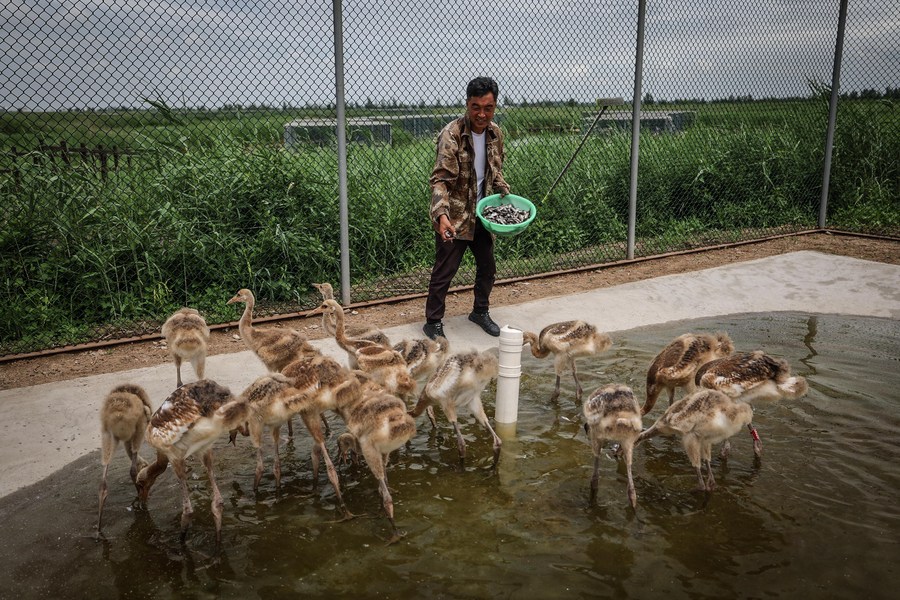
Zhao Shiwei feeds baby red-crowned cranes in a crane breeding and protection station under the forestry and wetland protection service center in Panjin City, northeast China's Liaoning Province, July 13, 2022. (Xinhua/Pan Yulong)
Panjin City has launched a series of wetland restoration projects in the past ten years, restoring over 5,333 hectares of wetlands to make the area a paradise for wildlife, especially waterfowls.
The restored wetlands have become a destination for over 160 species of migratory birds under first-class or second-class state protection every spring. These include oriental white storks and red-crowned cranes, said Li Yuxiang, director of the Panjin forestry and wetland protection service center.
According to the nature reserve's investigation in April, more than 190,000 migratory birds of 43 species were observed in the area this spring. The number for the whole year was estimated to be over 500,000.
The nature reserve is also training the red-crowned cranes for survival in the wildness. "I hope there will be no red-crowned crane in captivity on the day I retire. They should regain the ability to live in the wild independently," Zhao told Xinhua.
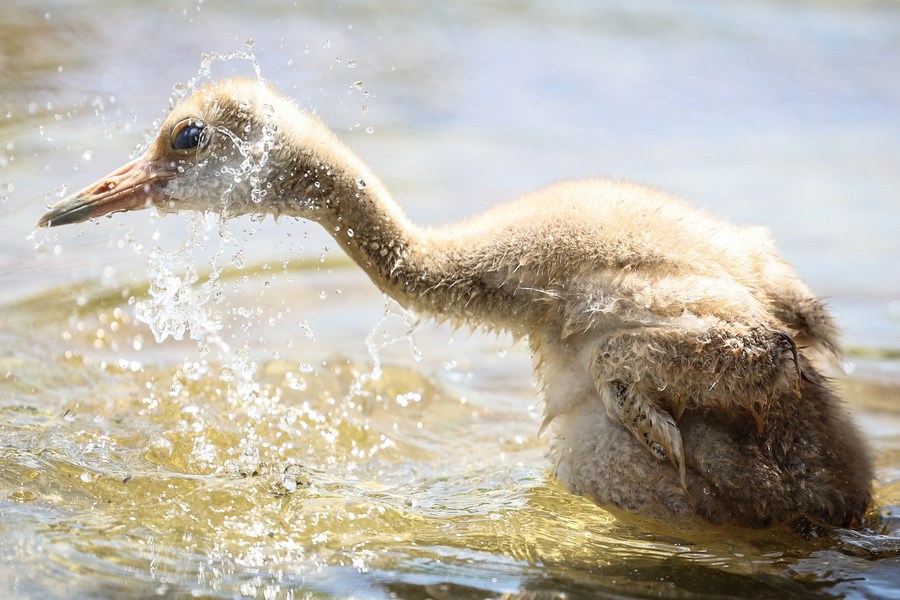
A baby red-crowned crane is pictured in a crane breeding and protection station under the forestry and wetland protection service center in Panjin City, northeast China's Liaoning Province, July 14, 2022. (Xinhua/Pan Yulong)
BLUE SKY BACK
In Shenyang, the capital of Liaoning Province, the breathtaking scenery of clear blue skies impressed many tourists and residents.
Shenyang resident Chen Yu often posts the perfect scene of blue skies and sunshine on his WeChat Moments. "Thanks to much improved air quality, we can capture this beautiful scenery without the effect of a photo filter," said Chen.
Several air purifiers at home still remind one of frequent smog and poor air quality in the city around 2015, when air purifiers were a must for many urban citizens in Shenyang.
To fix the pollution problem, the city hired an anti-pollution team from Nankai University to inspect and report the pollution sites in Shenyang.
"When they detected pollution cases, they took photos and uploaded them on WeChat. Subsequently, we would send law enforcement officers to the scene to deal with it," said Zhang Jiazhi. Zhang is with the Shenyang ecology and environment bureau and habitually checks his phone every few minutes in case of pollution reports.
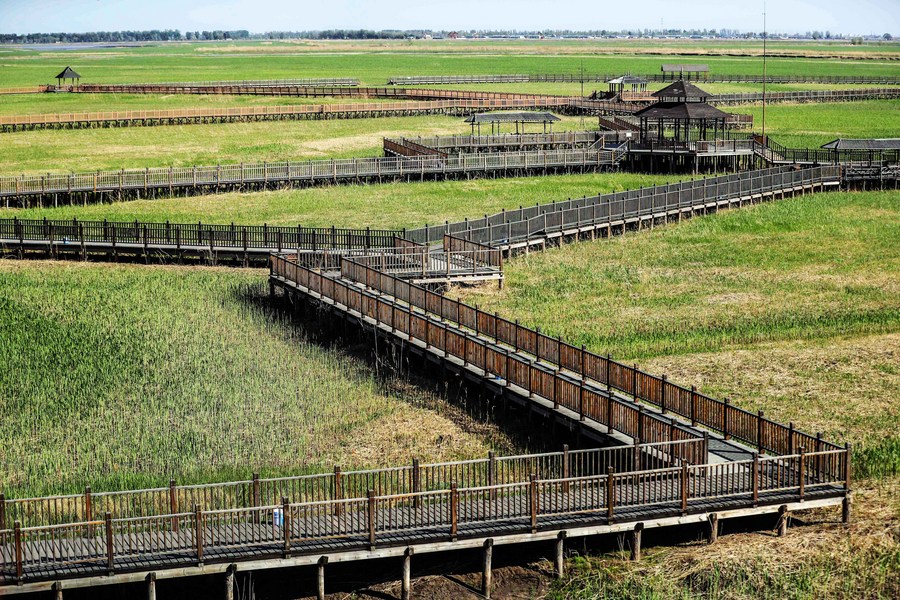
Photo taken on May 7, 2019 shows a view of the Dingxiang ecological scenic area in Panjin City of northeast China's Liaoning Province. (Xinhua/Pan Yulong)
Furthermore, the city has replaced 4,383 coal-fired boilers, cutting 80 percent of the total, and reducing coal consumption by about 1.5 million tonnes annually.
The existing boilers with a total capacity of 33,000 tonnes now have pollution control facilities and online monitoring devices.
A series of measures have resulted in the continuous improvement of the city's environment.
In 2021, the number of days with good air quality in Shenyang reached 315, surging from 108 days in 2015. And the city's average concentration of PM2.5 dropped by 47.2 percent from 2016.
GREEN GOLD
Speeding up the transition toward a green economy, Liaoning's eco-conservation has brought clear skies, lucid waters, lush mountains, and a newfound green wealth for people.
The rapid development of afforestation and eco-tourism has filled the small village of Dalishu in Dandong City with beautiful scenery.
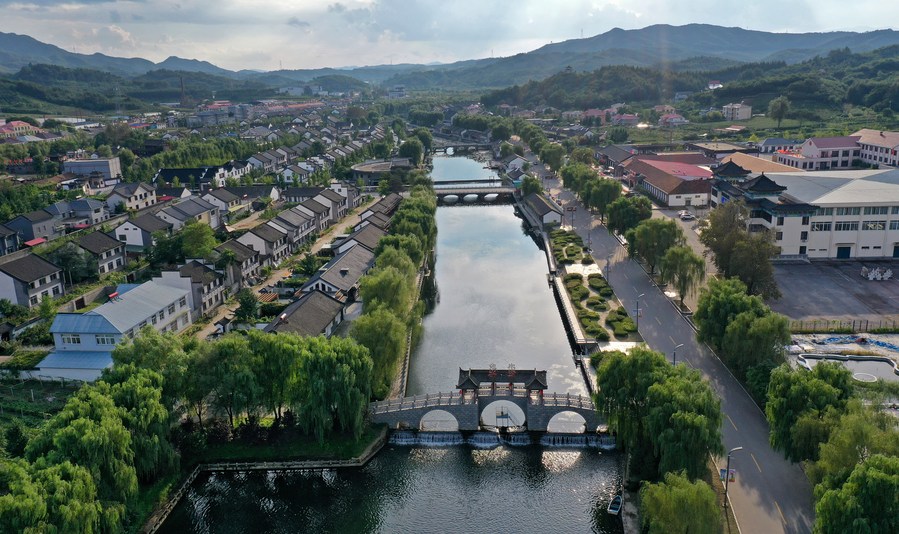
Aerial photo taken on Sept. 8, 2020 shows the scenery of Dalishu Village of Fengcheng City, northeast China's Liaoning Province. (Xinhua/Yao Jianfeng)
After the last guests took their leave, Xu Hongchao sat in the sun shade and sipped afternoon tea in front of his home restaurant.
Leading an idyllic life in his hometown brought Xu new happiness unimaginable in the past.
About 400,000 tourists flood into Dalishu yearly, bringing an annual income of over 20,000 yuan per villager. Revenue from tourism now accounts for about 60 percent of the villager's income.
"In recent years, the village has become more beautiful and gained great popularity. Thanks to booming tourism, I can set up my own business at the doorstep," said Xu, who used to work in the cities of Shenyang and Dalian. ■
(Xinhua reporters Wang Ying and Cui Shihao, also contributed to the story.)
(Video reporters: Zhao Yong and Sun Renbin; Video editors: Peng Ying, Cao Ying and Mu Xuyao)

